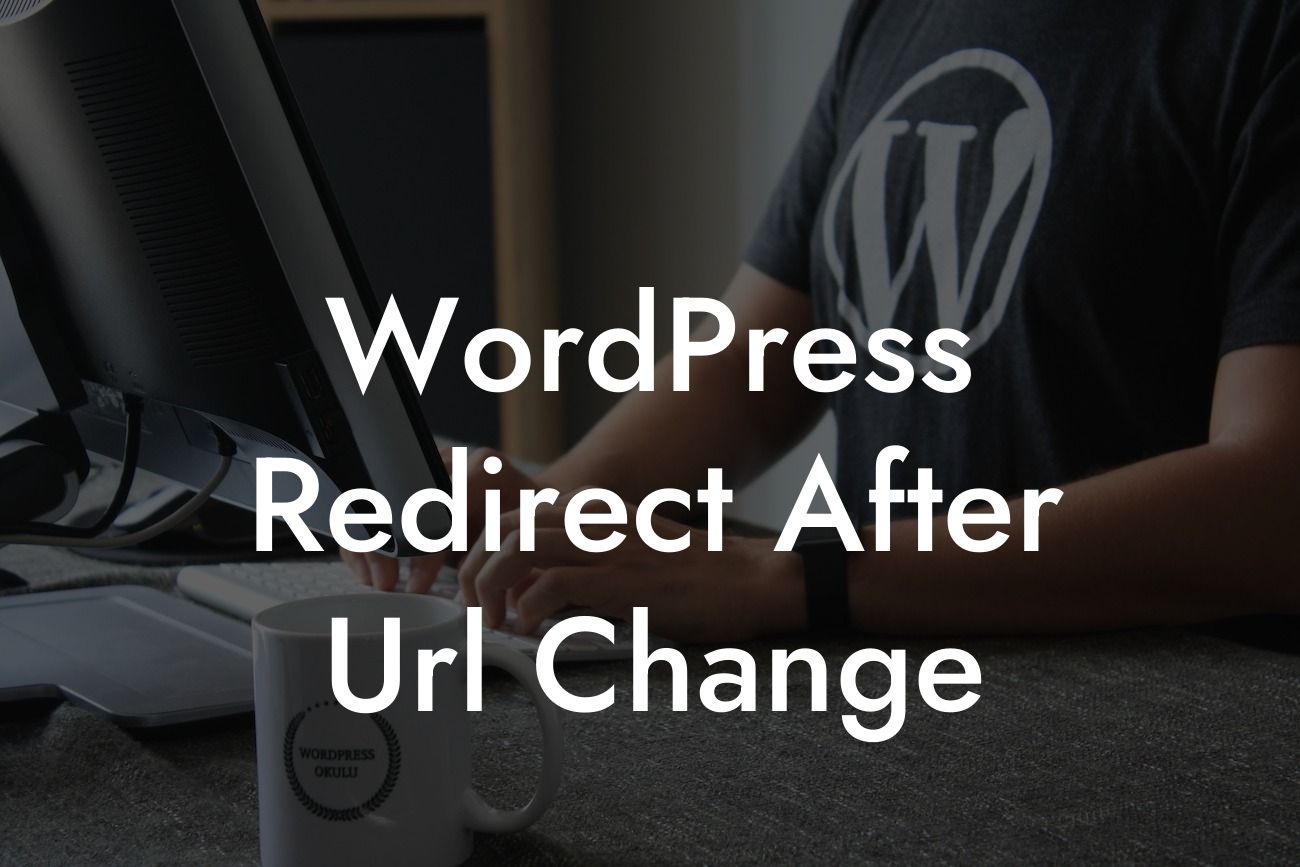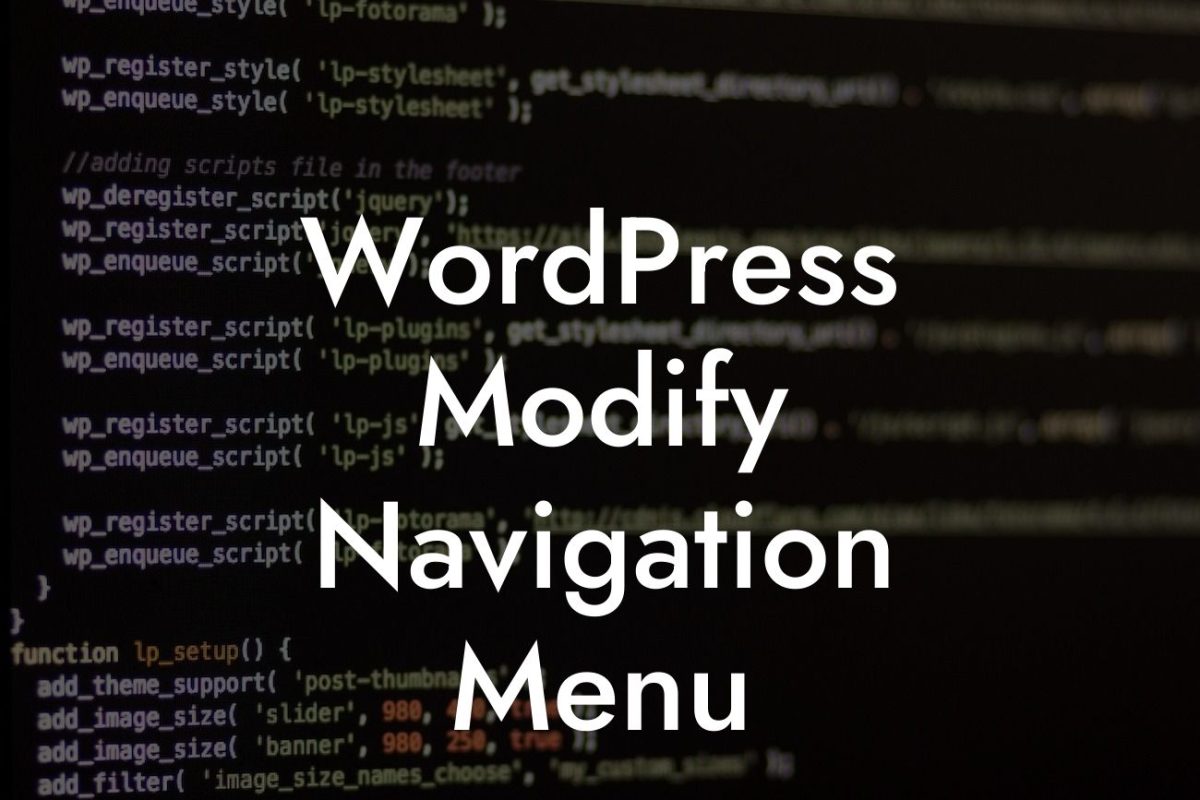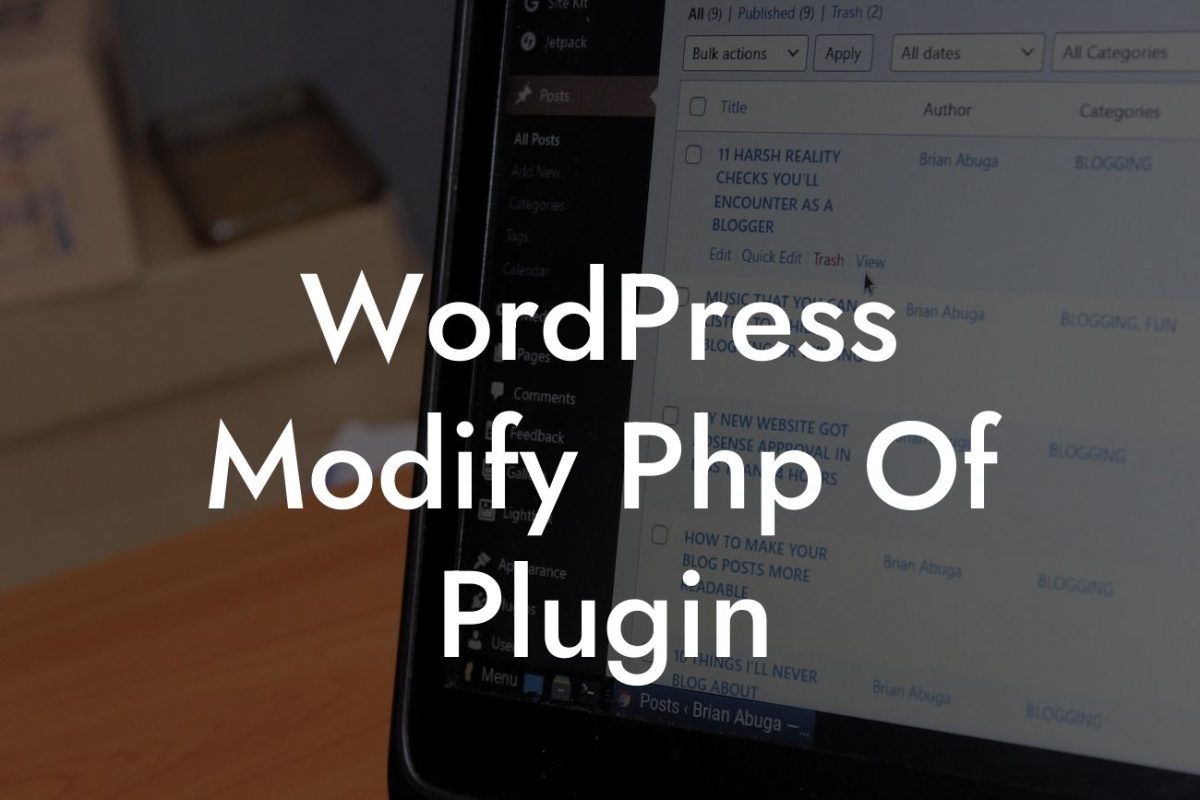Are you planning to change the URL of your WordPress website? Whether it's a domain name change or restructuring your site's permalink structure, ensuring a smooth transition is essential. One critical step in this process is setting up redirects, which ensure that visitors who access old URLs are automatically directed to the new ones. In this article, we'll explore the best practices for implementing redirects after a URL change and how DamnWoo's impressive WordPress plugins can help take your online presence to new heights.
Engaging Headline: How to Implement Redirects After a URL Change in WordPress
Changing the URL of your WordPress website can significantly impact its search engine rankings and user experience. To ensure a seamless transition, follow these steps:
1. Identify and prioritize your old URLs: Before implementing redirects, create a list of all the old URLs that need redirection. Identify the pages with high traffic or those with inbound links to prioritize them for redirect mapping.
2. Choose the appropriate redirect type: WordPress provides various redirect options, including 301 (permanent) and 302 (temporary) redirects. For a URL change, it's best to use 301 redirects as search engines consider them a permanent move.
Looking For a Custom QuickBook Integration?
3. Utilize WordPress plugins for simplified redirects: DamnWoo's WordPress plugins offer easy-to-use solutions for implementing redirects. Plugins like RedirectManager help automate the redirection process and provide extensive options to handle specific scenarios.
4. Set up 301 redirects using plugins: Install a suitable WordPress plugin like RedirectManager and configure 301 redirects for each old URL. Ensure that you map them correctly to the corresponding new URLs to maintain the flow of visitors and search engine authority.
5. Test and monitor your redirects: After implementing redirects, thoroughly test them to ensure they work as intended. Regularly monitor the redirect logs and make adjustments if any issues arise.
Wordpress Redirect After Url Change Example:
Suppose you own a small e-commerce store, and you decide to restructure your product categories and change your URLs. With the RedirectManager plugin by DamnWoo, you can effortlessly set up 301 redirects from the old category URLs to their new counterparts. This ensures that your loyal customers and search engine rankings remain unaffected by the URL change.
Implementing redirects after a URL change is crucial to maintain your website's traffic and search engine rankings. DamnWoo's collection of powerful WordPress plugins, including RedirectManager, can simplify this process and add extraordinary value to your online presence. Don't settle for cookie-cutter solutions; explore DamnWoo's plugins today and elevate your success. Share this article with others who may find it helpful and discover other informative guides available on DamnWoo.
(Note: The article's content should be written in HTML format, with appropriate H2, H3 headings, bullet point lists, and ordered lists as necessary to enhance readability and engagement)













